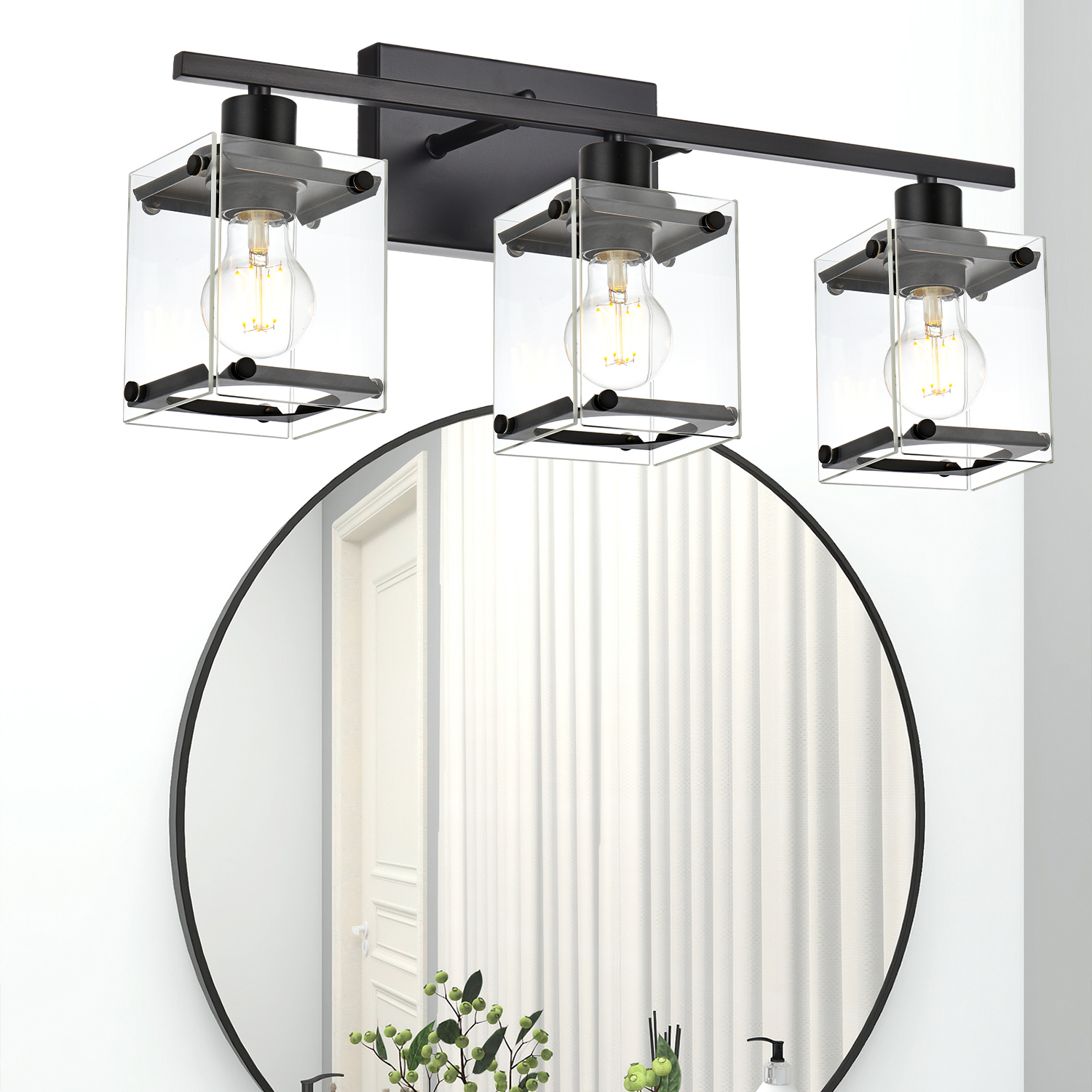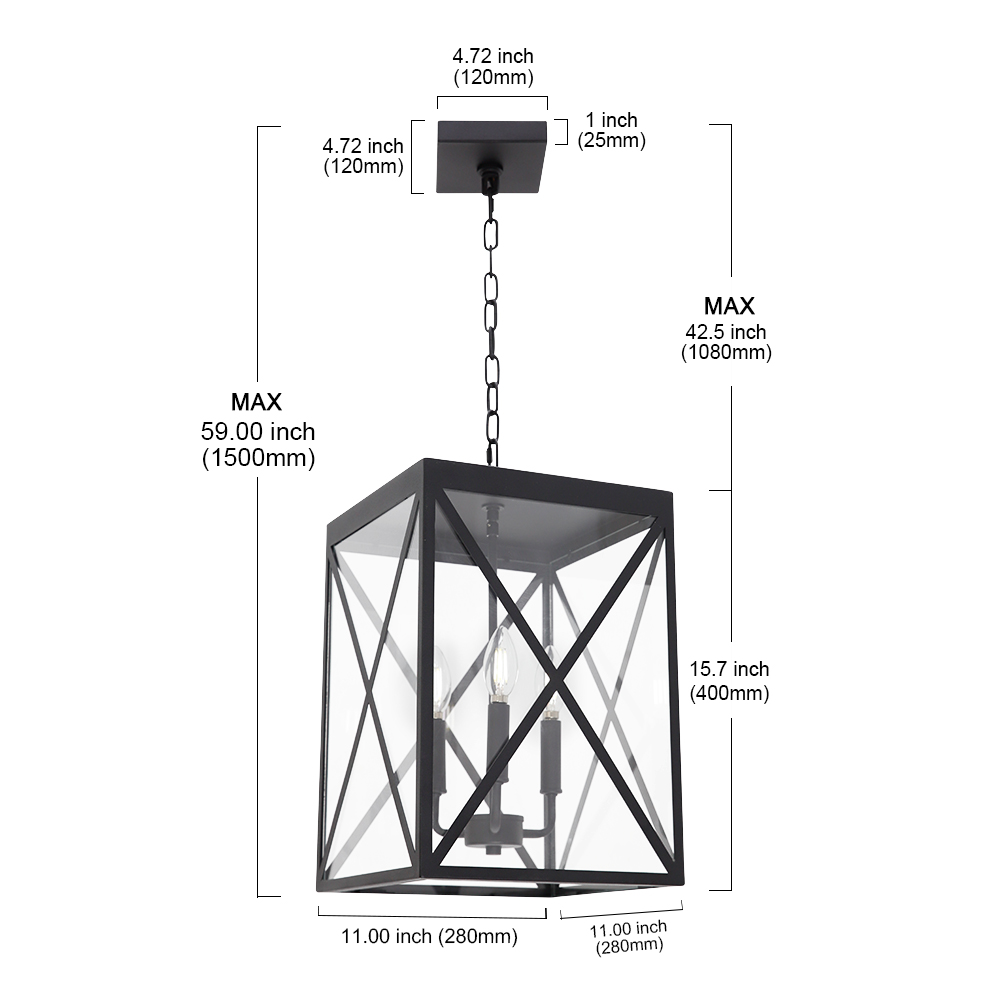led street light
LED Street Light: Illuminating the Future of Urban Lighting
Foreword
In the heart of bustling cities and serene residential neighborhoods alike, the humble LED street light stands as a beacon of progress and efficiency. As urban landscapes evolve, so does the technology behind outdoor illumination. This article delves into the significance, benefits, and advancements of LED street lights, offering a comprehensive guide to this essential component of modern infrastructure.
The Evolution of Street Lighting
The history of street lighting is a journey through time, from the flickering flames of gas lamps to the bright, efficient glow of LED street lights. The transition from traditional street lights to LED technology marks a significant milestone in the quest for sustainable and cost-effective urban lighting solutions.
Understanding LED Street Lights
What are LED Street Lights?
LED street lights are a type of lighting fixture that uses Light Emitting Diodes (LEDs) as the light source. These lights are designed to illuminate streets, sidewalks, parking lots, and other outdoor areas. Unlike their predecessors, LED street lights are known for their energy efficiency, longevity, and low maintenance requirements.
Key Features of LED Street Lights
- Energy Efficiency: LED street lights consume up to 80% less energy than traditional street lights, making them an environmentally friendly choice.
- Longevity: With an average lifespan of 15-20 years, LED street lights significantly reduce the need for frequent replacements.
- Low Heat Emission: LEDs produce less heat than other light sources, reducing the risk of heat-related damage and improving safety.
- Dimming Capabilities: LED street lights can be easily dimmed to save energy during low-traffic hours.
The Benefits of LED Street Lights
Energy Savings
One of the most compelling reasons to switch to LED street lights is their exceptional energy efficiency. By reducing energy consumption, these lights not only lower operational costs but also contribute to a decrease in greenhouse gas emissions. This shift towards energy-efficient lighting aligns with global efforts to combat climate change and promote sustainability.
Longevity and Maintenance
The long lifespan of LED street lights translates to fewer replacements and lower maintenance costs. This durability ensures that cities can enjoy reliable lighting without the need for frequent repairs or upgrades. The reduced maintenance burden also allows local governments to allocate resources more effectively.

Improved Light Quality
LED street lights offer superior light quality, providing a crisp, white light that enhances visibility and safety. This improved lighting can reduce the risk of accidents and improve the overall aesthetic of urban environments.
Motion Sensor Options
Some LED street lights come equipped with motion sensors, allowing them to adjust brightness based on the presence of pedestrians or vehicles. This feature not only saves energy but also enhances security by providing brighter light when needed.
Advancements in LED Street Light Technology
Smart Lighting
The integration of smart technology into LED street lights has revolutionized urban lighting. Smart lighting systems can be controlled remotely, allowing for real-time adjustments based on traffic patterns, weather conditions, and energy consumption. This level of adaptability ensures optimal lighting performance while minimizing energy waste.
Solar-Powered LED Street Lights
Solar-powered LED street lights are an innovative solution that harnesses the power of the sun to illuminate urban areas. These lights are equipped with solar panels that charge during the day and power the lights at night. This renewable energy source further enhances the sustainability of LED street lighting.

Challenges and Considerations
While LED street lights offer numerous benefits, there are challenges and considerations that must be addressed. These include:
- Initial Cost: The upfront cost of LED street lights can be higher than traditional options, although the long-term savings make them a cost-effective choice.
- Recycling and Disposal: Proper recycling and disposal of LED street lights are essential to minimize environmental impact.
- Adverse Weather Conditions: LED street lights may be more susceptible to damage from extreme weather conditions, such as high winds or heavy rain.
Implementing LED Street Lights in Urban Environments
To successfully implement LED street lights in urban environments, careful planning and execution are crucial. This includes:

- Assessing Energy Needs: Conducting an energy audit to determine the appropriate number and type of LED street lights required.
- Selecting Quality Products: Choosing high-quality LED street lights from reputable manufacturers to ensure longevity and performance.
- Training Maintenance Staff: Providing training to maintenance staff on the proper care and maintenance of LED street lights.
Conclusion
The transition to LED street lights represents a significant step forward in urban lighting. With their energy efficiency, long lifespan, and improved light quality, LED street lights are poised to illuminate the future of urban environments. By embracing this technology, cities can enhance safety, reduce energy consumption, and contribute to a more sustainable future.
Key Takeaways
- LED street lights offer up to 80% energy savings compared to traditional street lights.
- The longevity of LED street lights reduces maintenance costs and the need for frequent replacements.
- Smart lighting and solar-powered options further enhance the sustainability and adaptability of LED street lighting.
- Proper planning and execution are essential for successful implementation of LED street lights in urban environments.

